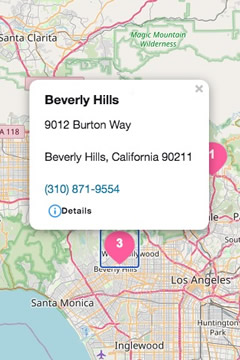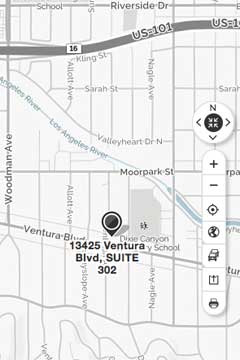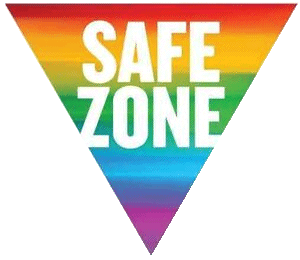This article will go over what a Tarlov cyst is, what symptoms can arise from having a Tarlov cyst, how it is diagnosed, and common conservative and surgical treatments.
What is a Tarlov Cyst?
Tarlov cysts are sacral perineural cysts that consist of cerebrospinal fluid (CSF) close to the dorsal root ganglion on our sacral spine (the triangle shaped bone that connects to our tailbone). Tarlov cysts are often incidental findings on MRI’s, meaning most people with no symptoms may have Tarlov cyst(s). Paulsen, et al, looked at 500 MRIs of the lumbosacral spine and found an incidental rate of 4.6%; of which 20% were symptomatic. Approximately 1% of the cysts are large enough to cause compression, thus requiring prompt treatment.
What are the symptoms?
Some people have Tarlov cysts with symptoms, and some have Tarlov cysts with no symptoms. Depending on the size and location of the cyst, it can affect the nerve roots coming out of the spine. The most common location of the tarlov cysts is on the second sacral vertebrae. The sizes of the cysts range, on average, from 1-2 centimeters. This is a big area where very important nerves live, such as the pudendal nerve, sciatic nerve, and many others. Our pudendal nerve is responsible for sensation of our perineum (saddle region), bladder/bowel function, and volitional control of the muscles of our pelvic floor. Another big nerve is the sciatic nerve and this innervates the muscles of the back of the thighs and indirectly innervates the lower legs. Because of the location of the cyst, you can imagine that Tarlov cysts can lead to low back pain, leg pain, pelvic pain, sensory disturbances and bladder/bowel dysfunction.
Some common symptoms include:
- low back pain
- leg pain
- pain from sitting to standing
- numbness/sensory dysfunction
- urinary urgency/urinary frequency
- sexual dysfunction
 How do we diagnose a Tarlov Cyst?
How do we diagnose a Tarlov Cyst?
Often Tarlov cysts are diagnosed through MRI, CT, or myelogram of the lumbosacral spine. If it is suspected to be the cause of your pain/symptoms, often a CT guided percutaneous aspiration of the cyst is performed to see if short-term relief occurs, and goes into consideration for possible surgical candidacy.
What can we do?
Conservative treatments can include analgesic medications, non-steroid anti-inflammatory medications, and physical therapy.
Physical therapy would focus on the individual symptoms, help with pain management and possibly introduce light strengthening of muscles that may have gotten weaker as a result of the cyst. Tarlov Cyst Disease Foundation listed some wonderful general suggestions:
- avoid heavy lifting, straining, or pulling that may increase pressure on low back
- ice and/or heat packs on low back
- minimize prolonged periods of sitting or standing (possibly apply sitting cushions that help decrease pressure on perineum)
- avoid constipation as that can increase pressure on cyst while straining (check out our other blogs on how to help manage constipation at: Chronic Constipation: The Basics and Manage Constipation Naturally for Better Pelvic Floor Function.
- pain management, including TENS
Furthermore, pelvic floor physical therapists can help with constipation, bladder/bowel symptoms, sexual pain, low back pain, and sessions would include postural re-education, manual therapy, and gentle, individualized therapeutic exercises to help minimize pain and other symptoms.
Surgical Treatments:
There are many different surgical techniques to help should conservative methods fail or symptoms worsen. Different neurosurgical techniques include: cyst fenestration, cyst shrinkage, partial excision and oversewing of cyst’s wall with or without nerve root repair, and complete excision of the cyst with the nerve root. Although surgery provides relief for many, including a significant reduction in pain, improvement in bladder/bowel function and sexual function, there can be some complications and in some circumstances, may be recurrence of cyst with a return of symptoms.
Resources
Xu J, Sun Y, Huang X, Luan W (2012) Management of Symptomatic Sacral Perineural Cysts. PLoS ONE 7(6): e39958. doi:10.1371/journal.pone.
Baker M, Wilson M & Wallach S. (2018). Urogenital symptoms in women with Tarlov cysts. J Obstet Gynaecol Res 44(9): 1817-1823. doi:10.1111/jog.13711.
“FAQs.” Tarlov Cyst Disease Foundation. https://www.
Medani K, Lawandy S, Schrot R, et al. Surgical Management of symptomatic Tarlov cysts: cyst fenestration and nerve root imbrication - a single institutional experience. J Spine Surg 2019;5(4):496-503 | https://dx.doi.org/10.21037/



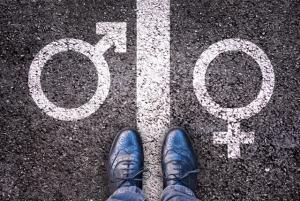
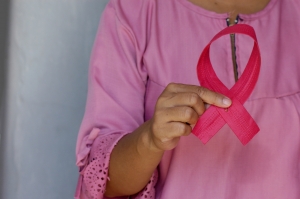

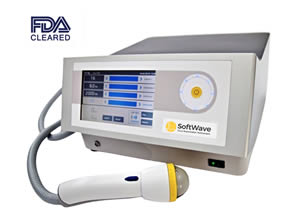



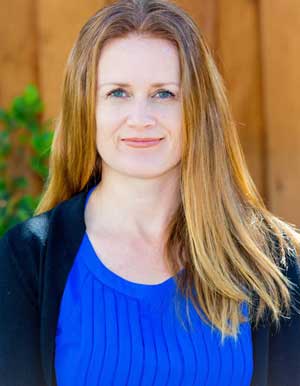
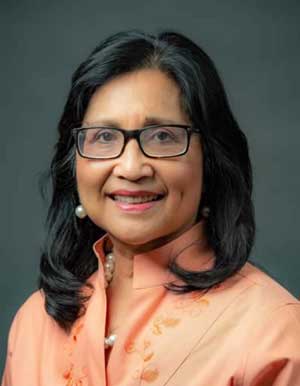
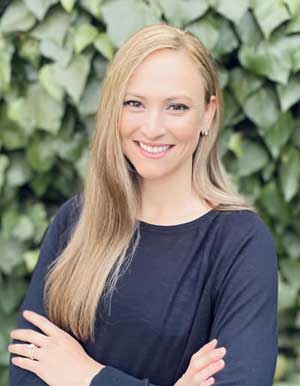
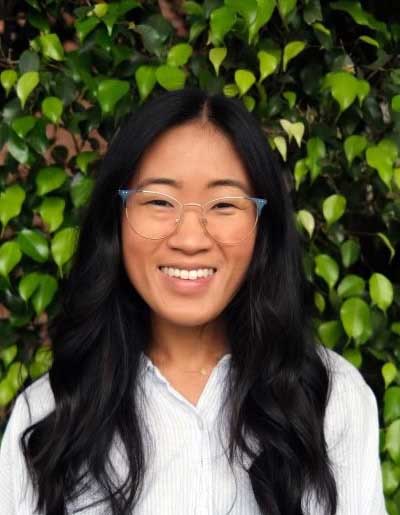
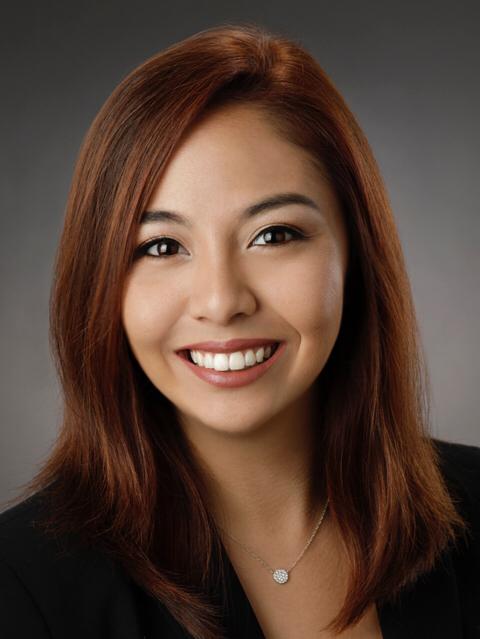
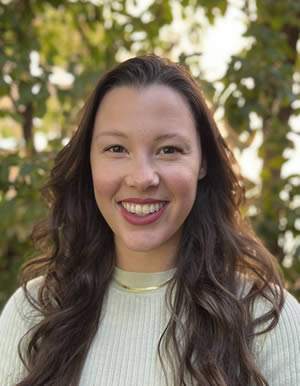
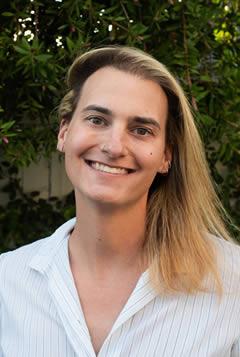


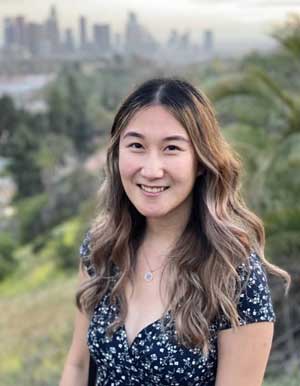



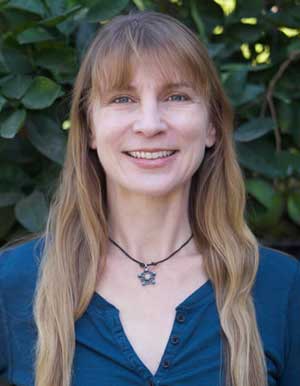
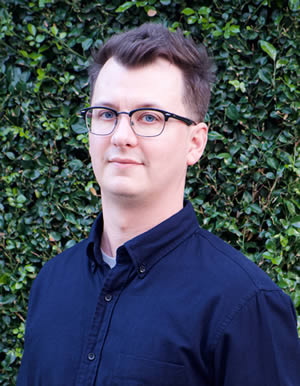
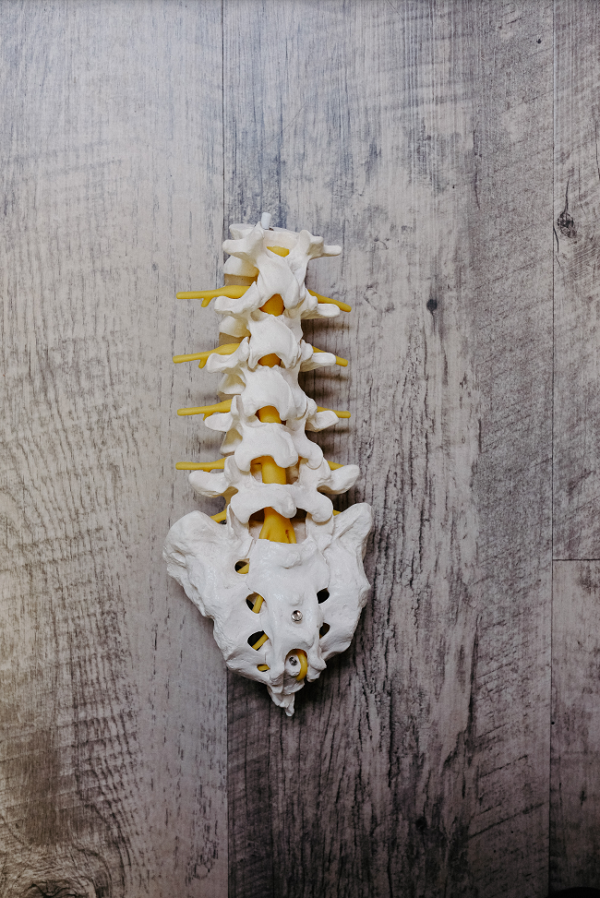
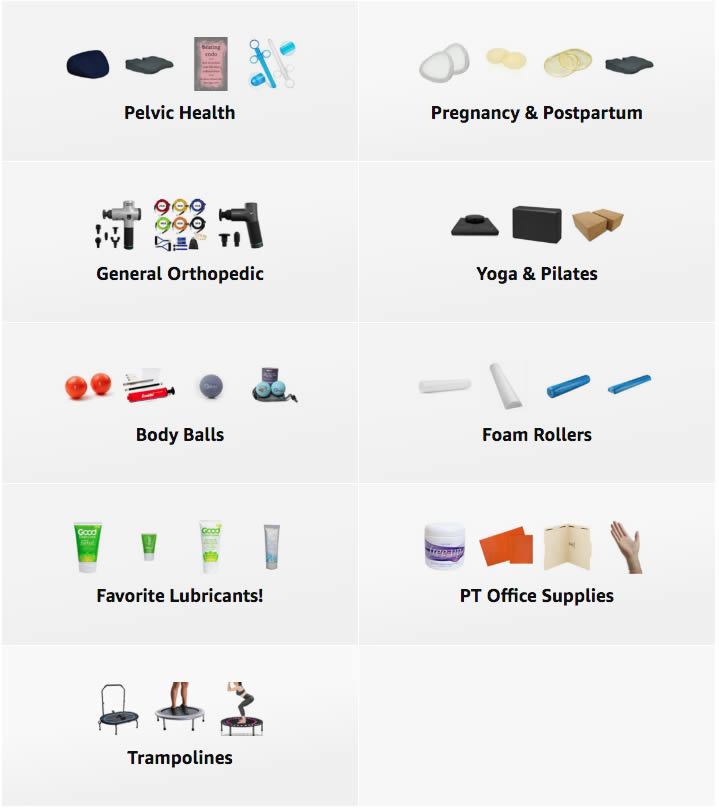 A Curated List of Excellent Items at Amazon
A Curated List of Excellent Items at Amazon

